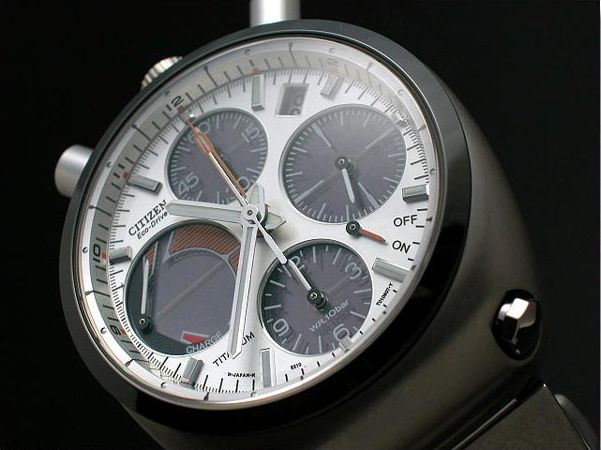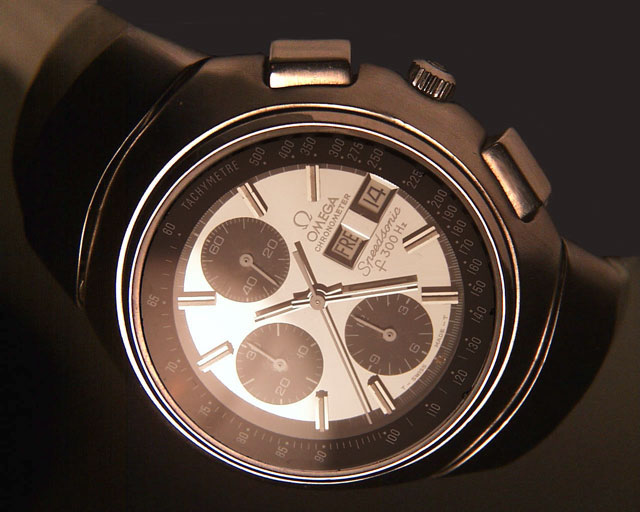Quartz Vs. Mechanicals Vs. Tuning Forks...
|
Quartz Watches Posted By: Joey Date: 5/11/06 01:46 GMT
Ever since I entered the wristwatch realm, I have wondered why quartz watches emitted the infamous 'tick-tock' movement of the second hand. I understand that mechanical watches also have that jerking motion, but why can't quartz watches be regualted to, say, 8 beats per second? Actually it's very simple... Quartz watches utilize battery power and a stepper motor to increment the second hand. The amount of current used to increment the hands one notch is the same regardless of if you move the hand one second or one-eighth of a second. So a Quartz watch that incremented the second hand eight times a second would have a notably shorter battery life.
Alas, Seiko (and maybe others)has created a quartz/automatic movement that offers total sweep of the second hand with quartz accuracy.... Seiko has, as has Oakley, as has Citizen... In fact I own a pair of Citizens...
But why the high price? Well, in addition to the battery (and a capacitor in some firms implementation of the concept and a rotor to drive a generator or solar panels in the case of the Eco-drive, to recharge (reenergize) the battery/capacitor. In addition the circuitry is more advanced, complex and expensive to develop, create, develop and manufacturer.
Also some of these watches, the Citizen in particular, utilize a mechanical chronograph section in addition to the electronic power, recharging and timekeeping sections. Those complications (and the mechanical portions of the movement) also are expensive. The side benefit of movements which use rotors or solar cells to recharge the battery/capacitor is that they can have ,,sweeping motion second hands,, because the energy being drained is being topped off by the rotor/solar cells while the watch is being worn (or in light in the case of solar). Thus, in those watches battery life is not a concern.
What makes developing sweep-second-hand watches so expensive???? In the case of quartz the issue isn't that their development is expensive, but rather the energy drain of sweep second movement extracts a high cost: shorter battery life.
And example. Quartz timekeeping technology was proceeded by Tuning Fork timing... A tiny tuning fork inside the movement is vibrated to 300Hz by electromagnets.

[photo borrowed from LesZ without his permission or knowledge but I'm sure he won't mind]
The electomagnets are in the upper left, the copper (coiled) looking things. Here's a snap of the tiny tuning fork:

[Also borrowed from LesZ without his permission or knowledge, you can read his article here...]
and watches utilizing this movement have second hands that move gracefully and majestically across the dial as illustrated by the movie Les included in his article!
But, as the owner of three of these tuning fork chronographs their battery life is about 12-15 months as opposed to about 2-4 years with most quartz watches.
In the end, the tuning fork movements, while sucessful in the 1960's and early 1970's, with their 300Hz accuracy and battery drain couldn't withstand the onslaught of Quartz 32,767Hz accuracy and better battery life especially when used with LCD displays.
Any thoughts, comments, and/or follow up links appreicated. Hopefully the above is a good start.  Cheers and good hunting!
-- Chuck |




